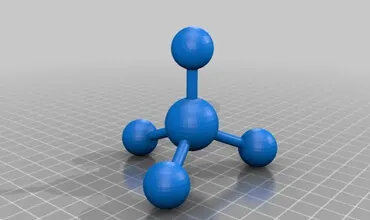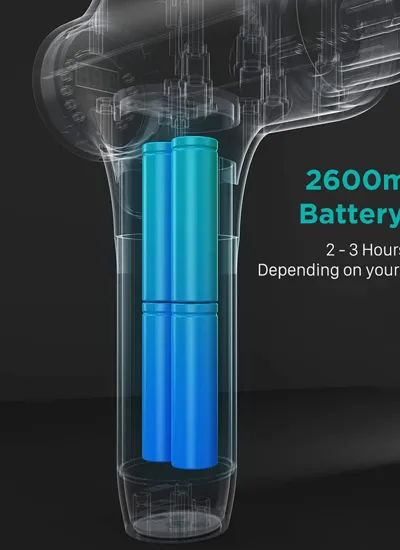We have enough data models to analyze the psychological state of consumers’ 100,000 purchase records.
We found that the process of purchasing a commodity is actually the process of cognition, emotion and emotion, and will process of the commodity. The most important psychological types include habitual, rational, selective, impulsive, and imaginative.
According to the degree of consumer involvement (the degree of involvement refers to the degree of prudence consumers are when purchasing and how much time and energy they are willing to spend to collect information, make selection judgments, and how many people participate in the purchasing process.) and the combination of product differences , there are four main types of consumer purchases:
(1) Complex purchases. Occurs when consumers first buy products with high levels of involvement and brand differentiation. Most consumers know very little about such commodities, but because they are expensive and belong to durable consumer goods, they are very cautious before purchasing. This purchase decision is the most complex.
(2) Harmonious purchase. Occurs when consumers buy products with high levels of involvement but less brand differentiation. In this kind of purchase, as long as the prices of different brands of goods are within the same grade, there is little difference in the quality and function, so there is no need to collect a lot of information or make evaluations. The decision-making focus is on whether to buy or not, what grade to buy, not what brand to buy, but more concerned about whether you can get price concessions, and whether the time and place of purchase are convenient.
(3) Varied purchases. Occurs on commodities with large brand differences and low involvement. Consumers frequently change the brands of their purchases, mostly out of the randomness of trying something new and avoiding tedium. Consumers generally do not actively collect relevant information before purchasing such products, but passively receive information through advertising and other promotional media. The evaluation of the products also occurs after the purchase, and even if they feel good about the purchased products, they will buy it next time. may still change brands.
(4) Habitual purchase. It is a habitual reaction behavior formed after multiple purchases when consumers buy products with low involvement and small brand differences. Consumers often buy a certain fixed brand, not out of loyalty, but out of habit, and when it’s not on the shelf, consumers don’t hesitate to buy another product that looks very similar.
Factors that influence a consumer’s purchasing decision can be divided into several broad categories:
(1) Environmental factors, such as cultural environment, social environment, economic environment;
(2) Stimulating factors, such as the price, quality, performance, style, service, advertisement, convenience of purchase, etc. of the commodity;
(3) Consumer personal and psychological factors.
Personal factors include factors such as age, gender, occupation, economic status and personality. Among them, the psychological factors of consumers, because they cannot be seen directly, are also called black boxes. The stimuli start from the enterprise, and then enter the consumer’s black box, and through the consumer’s psychological activity process, become the decision-making output about the purchase.
Psychological factors include:
① Motivation. Any purchase activity is always dominated by a certain motivation, and this motivation from the consumer reflects the consumer’s physical, psychological and emotional needs.
② feeling and perception. Two consumers with the same motivation will make different purchasing decisions because of their different feelings and perceptions.
③ study. Learning is a psychological process of relatively lasting changes in personal behavior caused by experience. It is a process in which consumers gradually acquire and accumulate experience through practices such as use, practice or observation, and adjust their purchasing behavior according to experience. Businesses should create conditions to help consumers complete the learning process.
④ Beliefs and attitudes. Consumers form beliefs and attitudes in the process of purchasing and using goods, which in turn affect their future purchase behavior. It is better for companies to change their products to meet consumers’ existing attitudes, rather than trying to change consumers‘s Attitude.





































